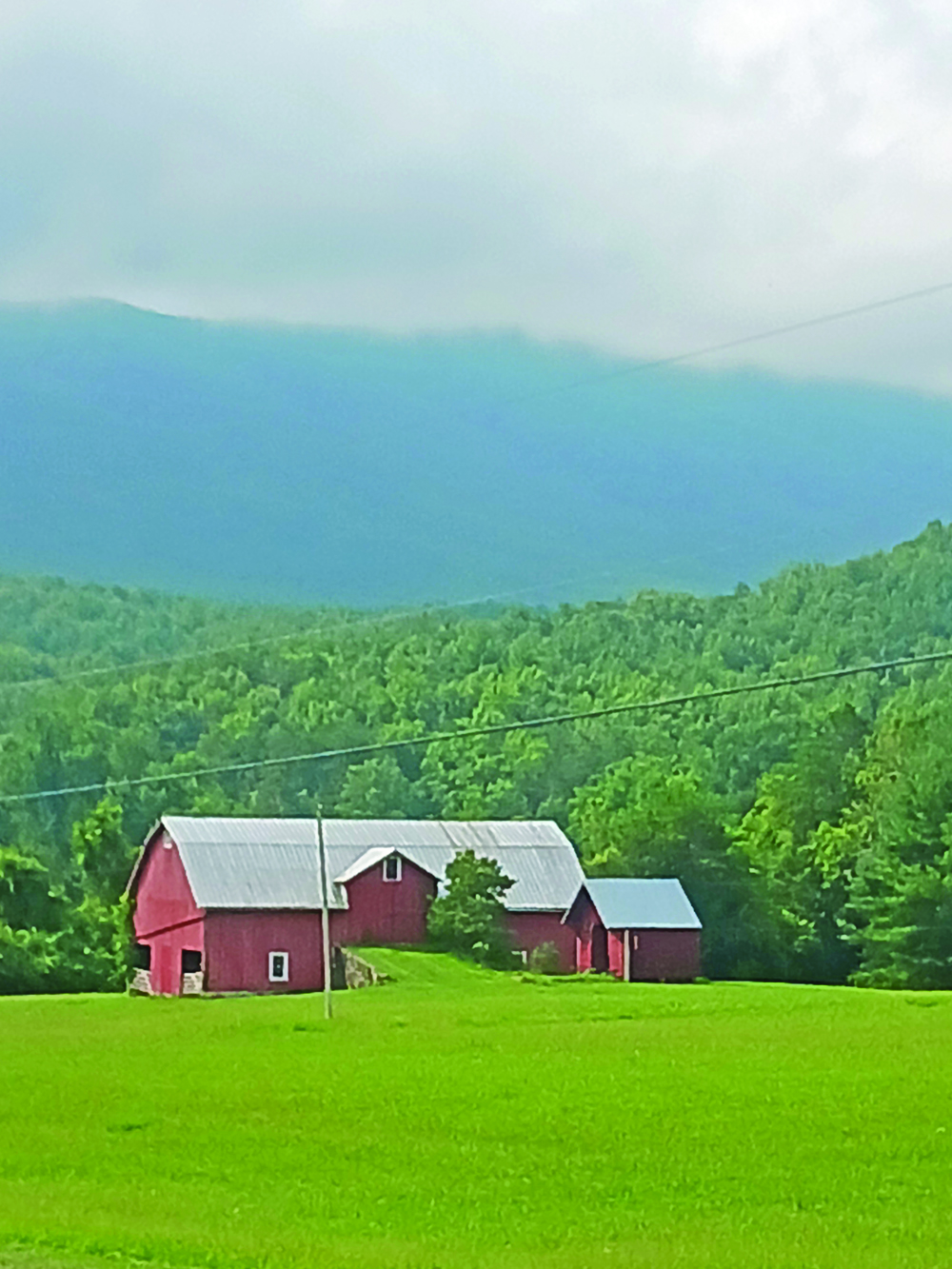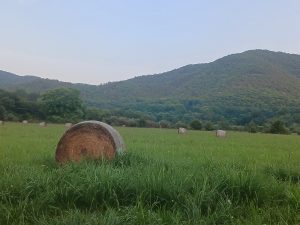
Bonnie Cranmer
Contributing writer
The hot summer everyone has been experiencing has had an impact on local farmers. The Virginia Department of Environmental Quality (VDEQ) issued a drought warning advisory in July for much of the commonwealth, including Craig County, in the Upper James region. Drought indicators include precipitation, groundwater levels, streamflow, and reservoir levels.
Production of hay and other crops has been affected. While much of the farmland in Craig County is for cattle grazing, animals have also been affected by the drought. The July 19th warning “indicates a significant drought is imminent and is in effect for…” the area. The impacts of the drought extend beyond hay yields. Crop production across the board has suffered, as evidenced by diminished harvests at local farmers markets. The early termination of several crop seasons is a stark reminder of the extreme weather’s devastating effects.
“The first cutting of the hay crop has been off up to 25% with pastures in poor condition,” said Jim Joyce, who farms in the southeast section of the county. “Water sources have dried up in some instances and should be checked daily. There is some hope for second cutting hay with recent rains however some hayfields have been sacrificed for immediate pasture,” Joyce stated.

The rain in the central and western part of the state has been sparse leading to exceptional dryness within large portions of the Shenandoah, Upper James, New River, Roanoke, and Big Sandy drought evaluation regions. Stream flows are currently below the 25th percentile of normal values for seven of the 13 drought evaluation regions with three of these regions currently below the 5th percentile (Big Sandy, Roanoke River, and Shenandoah). Groundwater levels for monitoring wells in the Climate Response Network have shown continued declines within the central and western portion of the Commonwealth with nine regions currently below the 25th percentile. Of these, groundwater levels within six drought monitoring regions are currently below the 5th percentile including the Big Sandy, New River, Upper James, Shenandoah, Northern Virginia and York-James.
These alarming statistics underscore the urgency of water conservation measures. The DEQ is urging all Virginians to minimize water usage, diligently monitor drought conditions, and promptly address any leaks. As the situation worsens, alternative water sources and storage solutions may become necessary for many residents and businesses with compromised infrastructure such as wells.
The agricultural community in Craig County, like many others across the state, is grappling with the consequences of this unprecedented drought. With late summer market calves expected to be lighter than usual, the economic implications for farmers are profound. As the region continues to endure dry conditions, the need for support and innovative solutions to mitigate the impact on both farmers and the environment becomes increasingly critical.




